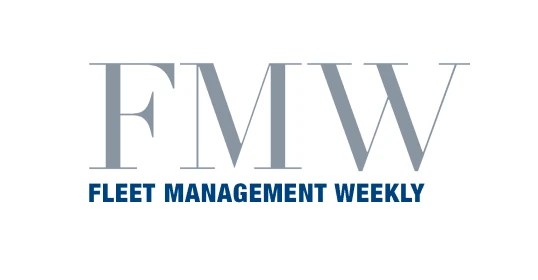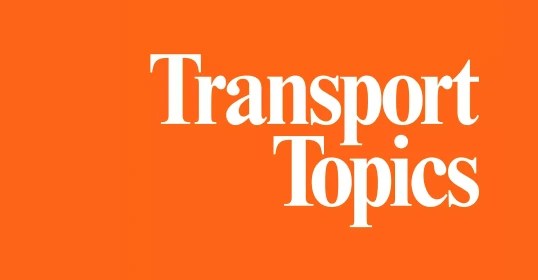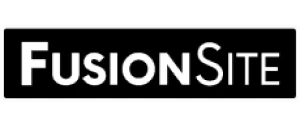Motive Reviews
Hear from our customers around the world.
Read what clients, partners, analysts, and the press are saying about Motive in their testimonials & reviews.
What customers are saying about Motive.
Read more Motive reviews
Motive awards and recognition.
Motive wins 5 of G2’s Best Software Awards for 2025.
G2’s Best Software Awards highlights 1% of companies that excel in customer satisfaction, product innovation, and market leadership.
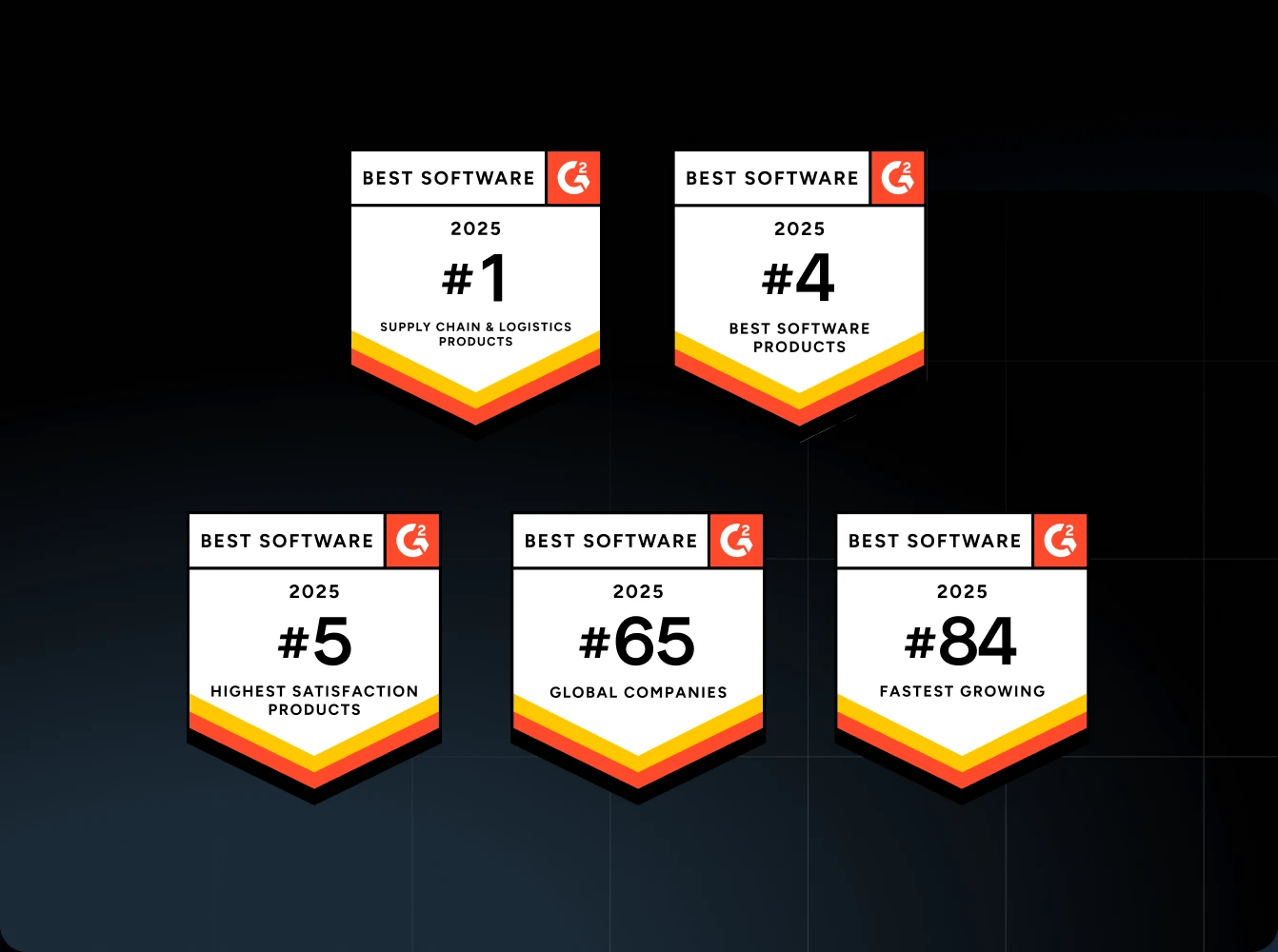
Motive in the news.

Article
New Lifesaving Auto Tech And The 10 Highest Collision Roads In U.S.
Motive launched First Responder in partnership with RapidSOS, expediting emergency response in the aftermath of a collision.

Article
Vehicle Management Startup Motive Hires CFO, Aims for 2025 IPO
Analyst coverage.
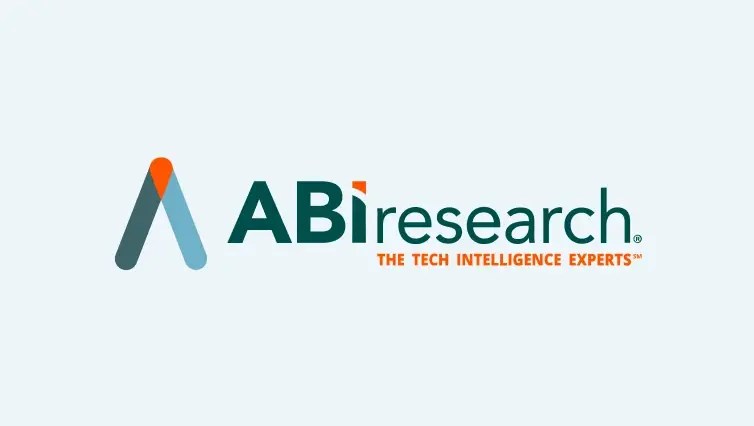
Report
ABi Research, The Tech Intelligence Experts
ABI Research features Motive’s latest innovations, encourages competitive AI benchmarking, and explains why AI accuracy is imperative for enterprises to maximize the value of their technology investments.

Report
451 Research, S&P Global Market Intelligence
“Motive is one player in the space that has seen rapid growth over the past five years due to its video telematics devices, as well as the analytics and AI software it has built around them.”
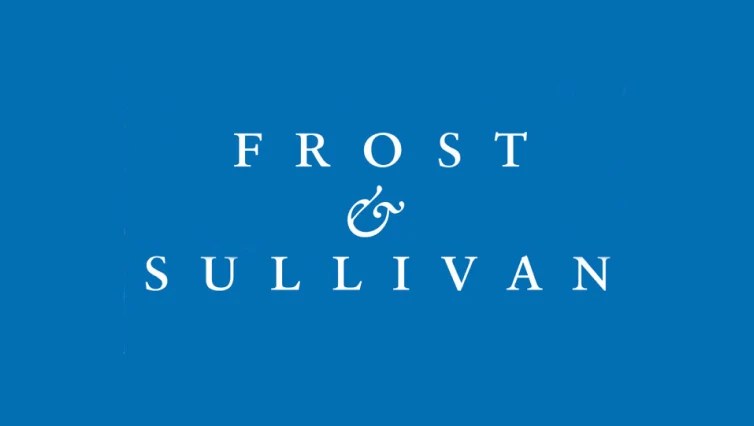
Report
Frost & Sullivan
Motive is highlighted as a leading competitor in the 2024 Global Connected Truck Telematics Outlook report and continues to grow its North America market share.
Join the conversation.
Share your Motive experience on G2, the world’s largest and most trusted software marketplace.











